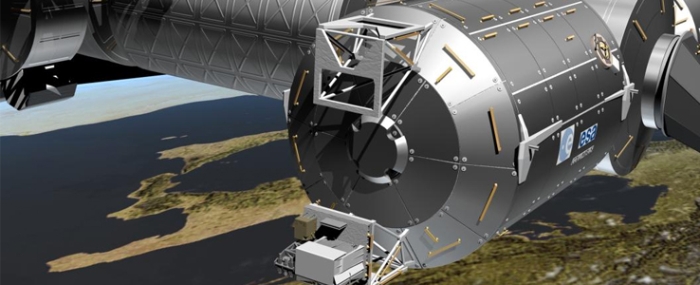
© Terma
Electronics Production |
Denmark’s next major space project prepared for launch
The Atmosphere-Space Interactions Monitor (ASIM), is on its way to the US to be prepared for launch from the Kennedy Space Center in Florida to the International Space Station (ISS).
The launch is scheduled for Tuesday, 13 March 2018, and ASIM is planned for launch on the SpaceX Falcon 9 launcher. Once the observatory is in operation, ASIM will observe and photograph the large electrical discharges from thunder clouds in the area between the earth’s atmosphere and space – the layers called the stratosphere and mesosphere.
These electrical discharges, known as red sprites, blue jets, haloes, and elves, were observed for the first time in 1989. There is scientific interest in a closer study, and while staying at ISS in September 2015, Astronaut Andreas Mogensen made a series of recordings of the huge lightning phenomena.
The Danish technology company Terma is the technical lead on the observatory, while Torsten Neubert, chief consultant at DTU Space, is scientific lead on this exciting program led by ESA in collaboration with the Danish Meteorological Institute (DMI). Terma and DTU Space have both played a key role in the development of the advanced instruments included in the observatory.
“It has been an exciting challenge for Terma. This is the first time that we have been the technical main contractor on such a large space project, and thus responsible for the development and completion to the European Space Agency (ESA). With ASIM, the Danish space community has proven its expertise and the high scientific and technical level that it masters,” says Carsten Jørgensen, Senior Vice President of Terma’s Space business.
“Danish space exploration is important to Denmark. With ASIM, we show that Denmark has technological and scientific competencies at a high international level, and that we at DTU, through collaboration with Danish industry, are at the forefront within important space applications. In addition, we hope that the program will help to attract more young people to studies in natural science. We need these engineers in future,” says Kristian Pedersen, Director of DTU Space
